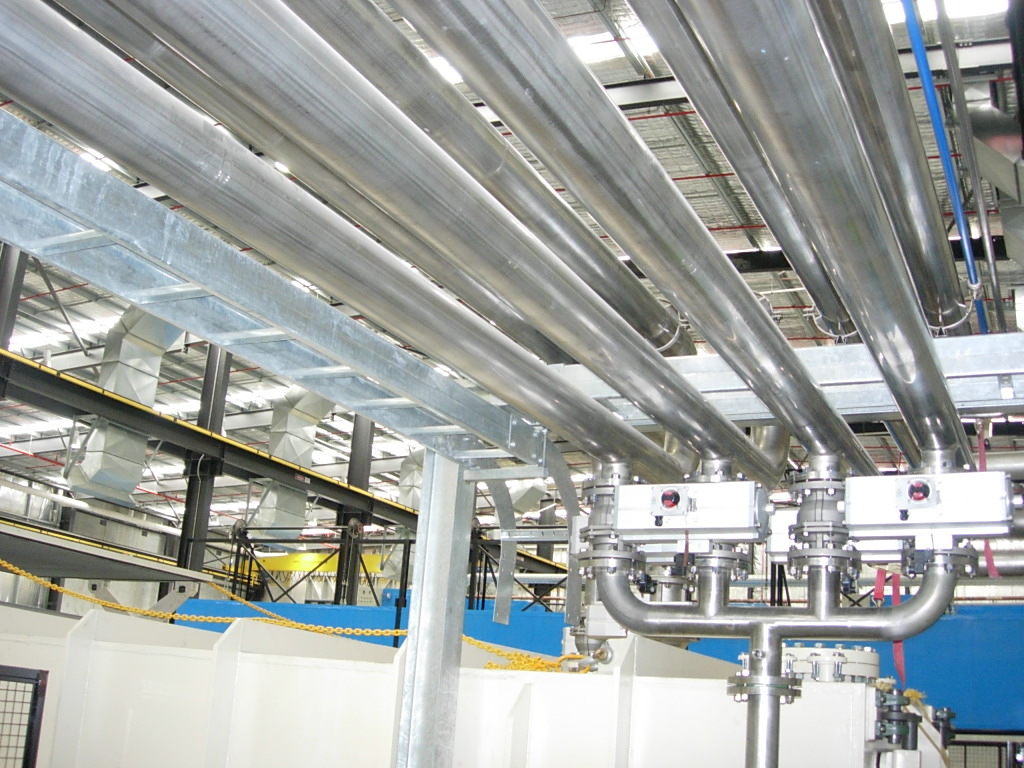Determining economic pipe diameter
June 11, 2023 - Reading time: 3 minutes

Determining the economic pipe diameter involves considering various factors such as the flow rate, pressure drop, material costs and operating costs.
The major steps involved are:
- Define the requirements: Determine the desired flow rate and pressure drop for the system. Consider factors such as the fluid properties, intended use and any regulatory requirements.
- Perform hydraulic calculations: Use fluid mechanics principles and equations to calculate the required pipe diameter based on the desired flow rate and pressure drop. Consider factors like fluid velocity, Reynolds number and frictional losses.
- Cost analysis: Consider the costs associated with different pipe diameters. These costs include the initial pipe material, pump and installation costs, as well as the long-term operating costs such as energy consumption and maintenance of pumps.
- Evaluate lifecycle costs: Compare the capital costs (pipe materials, pump and installation) with the operational costs (energy, maintenance) over the expected lifespan of the system. Optimize the pipe diameter to minimize the total cost of ownership.
- Consider future expansion and flexibility: Determine whether future growth or changes in the system may require larger flow rates. It may be more cost-effective to choose a slightly larger pipe diameter initially to accommodate potential future needs.
- Consult industry standards and guidelines: Refer to relevant engineering codes, standards and guidelines for specific applications and industries. These documents often provide recommended pipe diameter ranges based on best practices and safety considerations.
Correctly determining the pipe size for a given application offers several benefits, namely:
- Efficient Flow: The proper pipe size ensures efficient fluid or gas flow through the system. A pipe that is too small may create excessive pressure drops and flow restrictions, leading to reduced performance and increased pump energy consumption. On the other hand, a pipe that is too large may result in low flow velocities, which can lead to sedimentation or reduced mixing in certain applications.
- Cost Efficiency: Proper pipe sizing can contribute to cost savings. Using the correct pipe size avoids oversizing, which can lead to unnecessary pipe material and installation costs. In contrast, using undersize pipe may lead to oversize pump.
- Reduced Maintenance: When the pipe size is accurately determined, the system is less prone to issues like excessive turbulence, erosion, or corrosion. Proper flow rates and velocities minimize wear and tear on the pipe and associated equipment, reducing the frequency of maintenance and repair requirements.
- System Longevity: Correct pipe sizing contributes to the longevity of the entire system. By ensuring optimal flow conditions, pressure drops and velocities, the system operates within its design parameters. This helps extend the lifespan of the pipes, valves, pumps and other components, thus minimizing the risk of premature failures.
- Safety: Proper pipe sizing plays a crucial role in maintaining system safety. Accurate sizing ensures that pressure levels remain within the intended range, reducing the risk of overpressure situations that could lead to accidents or equipment failure. Additionally, correct sizing helps prevent flow issues that may impact the performance of safety devices, such as pressure relief valves.
- Environmental Impact: Efficient pipe sizing can contribute to reduced energy consumption and lower carbon emissions. By optimizing flow rates, pressure drops and velocities, energy requirements for pumping or compressing fluids are minimized. This leads to energy savings and a smaller environmental footprint.
The process of determining the economic pipe diameter can be complex and may require the expertise of a professional engineer or specialized software. As plant engineering design firm with a strong process engineering design capability, we have provided a detailed procedure to help engineers determine the economic pipe diameter. This can be downloaded from our engineering design site.
Jimmy Lea P/L (Engineering & Simulation Consultant)